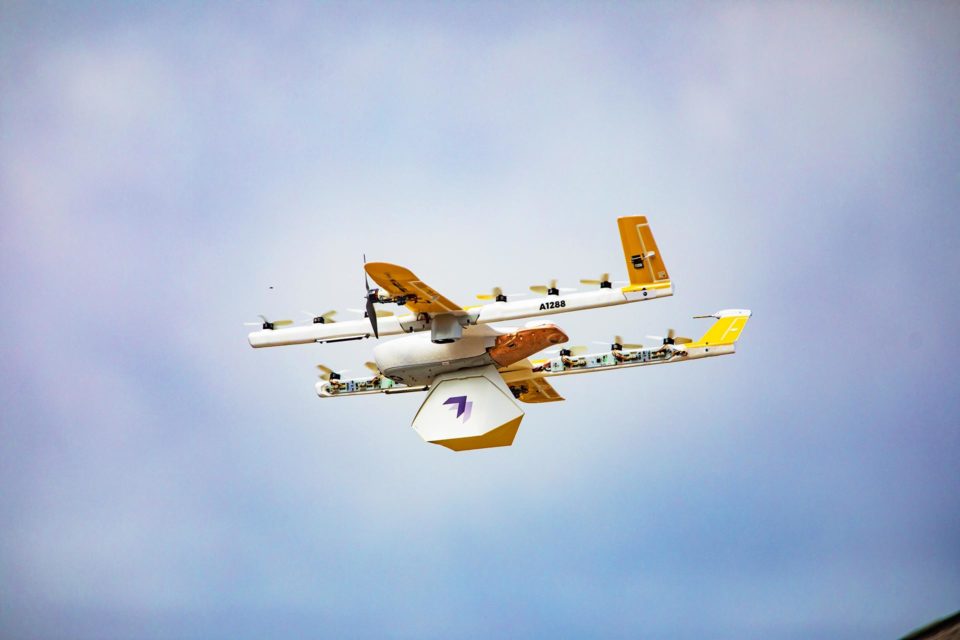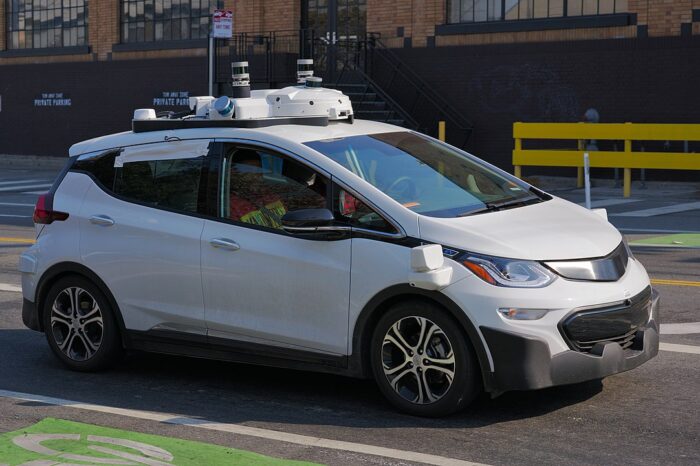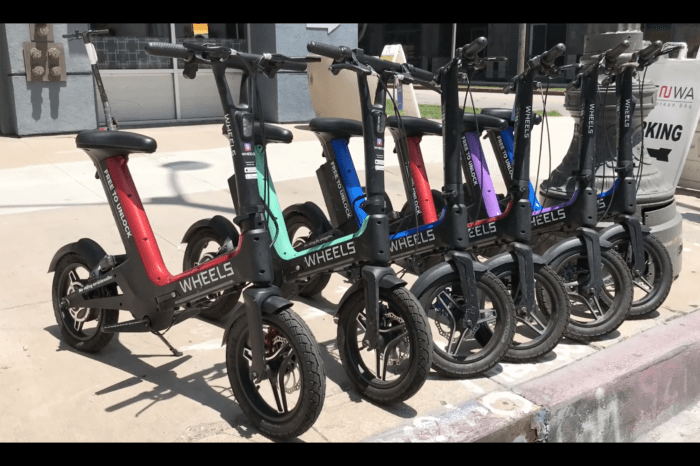Drone Delivery Service Wing Takes Flight In Virginia

Google’s parent company Alphabet has recently seen one of its fledgling subsidiaries take flight. The drone delivery service Wing is now up and running (read: flying) in Christiansburg, Virginia. After getting government approval, Wing partnered with Walgreens and FedEx to allow residents within the trial area to express order small items, and receive qualifying FedEx packages.
Wing’s objective is to reduce vehicular congestion by taking delivery to the skies. Instead of putting a car or large van on the road, Wing will be able to make deliveries more quickly than land-based transport (for obvious “as the crow flies” reasons), all while doing so more sustainably, due to their all-electric, zero-emissions drones.
Their drone is a mix of airplane and helicopter, having both a set of fixed wings and several hover propellers. Weighing only 10.6 lbs (unloaded) and with a 3.3 ft wingspan, Wing’s drone can hit a forward speed of 70 mph. The aircraft always operates below 450 feet, so air traffic control doesn’t play a factor Currently, Wing can only handle packages 3.3 lbs or lighter.
Due to their light weight and quick operating speeds, Wing hopes to express deliver goods to customers only minutes after an order is placed; their current record for quickest delivery is 2 minutes and 47 seconds. Looks like same day delivery is becoming same hour delivery—could the distant future hold same-minute delivery? If our current societal preference towards instant gratification prevails, it’s certainly well within the realm of possibility.
Much like those irritatingly challenging arcade claw machines, the drone delivers your package by lowering it on a tether, never touching the ground itself. After cruising at around 150 feet in altitude to its destination, the drone drops down and hovers about 23 feet above the delivery zone (like a front yard) and slowly lowers the package. The recipient doesn’t need to do anything; once the package is on the ground, the tether releases and reels itself back in to the drone. The tether is also able to detach from the aircraft should a dog or child decide to grab a hold and try to go for a high-tech joy ride.
The whole process is autonomous, with the drones flying themselves after their software creates an efficient flight plan based on terrain and airspace maps, as well as local weather data. The drone is designed to even operate reliably in high wind and rainy conditions. This is all possible due to the 80,000 test flights Wing performed across three years of development.
If you happen to live in Christiansburg and would like to opt in for Wing deliveries, you can sign up for their waitlist here.






